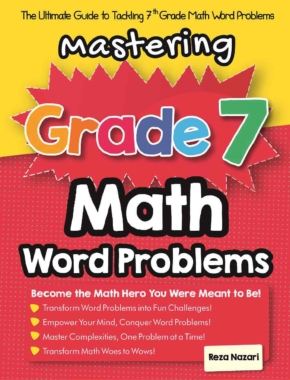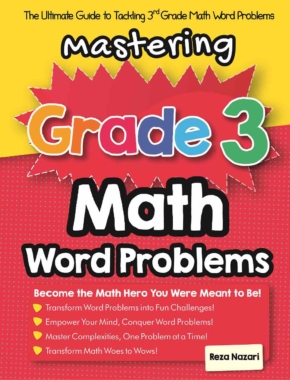Substitution Rule of Integrals: Integral Problems Made Simple
The Substitution Rule, often referred to as u-substitution, is a powerful technique in integral calculus that simplifies the integration process by transforming a complex integral into a simpler one. It is essentially the reverse process of the chain rule used in differentiation.

The substitution rule is an essential technique in calculus, providing a method to tackle challenging integrals by transforming them into more manageable forms. Mastery of this technique is a valuable skill for solving various types of integral problems.
Definition of the Substitution Rule
- The basic idea is to replace a part of the integrand (the function to be integrated) and the differential with a new variable and its differential. This substitution makes the integral more straightforward to solve.
How It Works
- Choose a Substitution: Identify a part of the integrand, say \( g(x) \), and set a new variable \( u = g(x) \). This part should be chosen such that its derivative \( g'(x) \) also appears in the integrand.
- Compute Differential ( du ): Differentiate the substitution equation to find \( du \). That is, \( du = g'(x) dx \).
- Rewrite the Integral: Substitute \( u \) and \( du \) into the original integral, replacing all occurrences of \( x \) and \( dx \).
- Integrate: Perform the integration with respect to \( u \).
- Back-Substitute: Replace \( u \) with the original function \( g(x) \) to get the final result in terms of \( x \).
Example:
Suppose you have an integral like \(\int x \cos(x^2) dx\).
- Set \( u = x^2 \). Then, \( du = 2x dx \).
- Rearrange \( du \) to find \( x dx = \frac{1}{2} du \).
- Substitute into the integral to get \(\int \frac{1}{2} \cos(u) du\).
- Integrate to find \(\frac{1}{2} \sin(u) + C\).
- Back-substitute \( u \) to get \(\frac{1}{2} \sin(x^2) + C\).
Applications
- Complex Functions: Particularly useful for integrals involving complex functions where direct integration is not straightforward.
- Trigonometric Integrals: Simplifies integrals involving trigonometric functions.
- Exponential and Logarithmic Functions: Helps integrate functions involving exponentials and logarithms.
Advantages
- Simplifies the integration process.
- Can be used in a wide range of functions.
Limitations
- Finding the right substitution can sometimes be non-intuitive and requires practice.
- Not all integrals can be solved using u-substitution.
Related to This Article
More math articles
- Best Laptops for Online Math Teaching
- GED Math Question Types
- Top 10 Tips to Overcome PERT Math Anxiety
- Full-Length GED Math Practice Test
- 8th Grade FSA Math Worksheets: FREE & Printable
- How long are Praxis Scores valid?
- 3rd Grade OST Math FREE Sample Practice Questions
- 10 Most Common 5th Grade ACT Aspire Math Questions
- 3rd Grade PSSA Math Worksheets: FREE & Printable
- Intelligent Math Puzzle – Challenge 92



















What people say about "Substitution Rule of Integrals: Integral Problems Made Simple - Effortless Math: We Help Students Learn to LOVE Mathematics"?
No one replied yet.